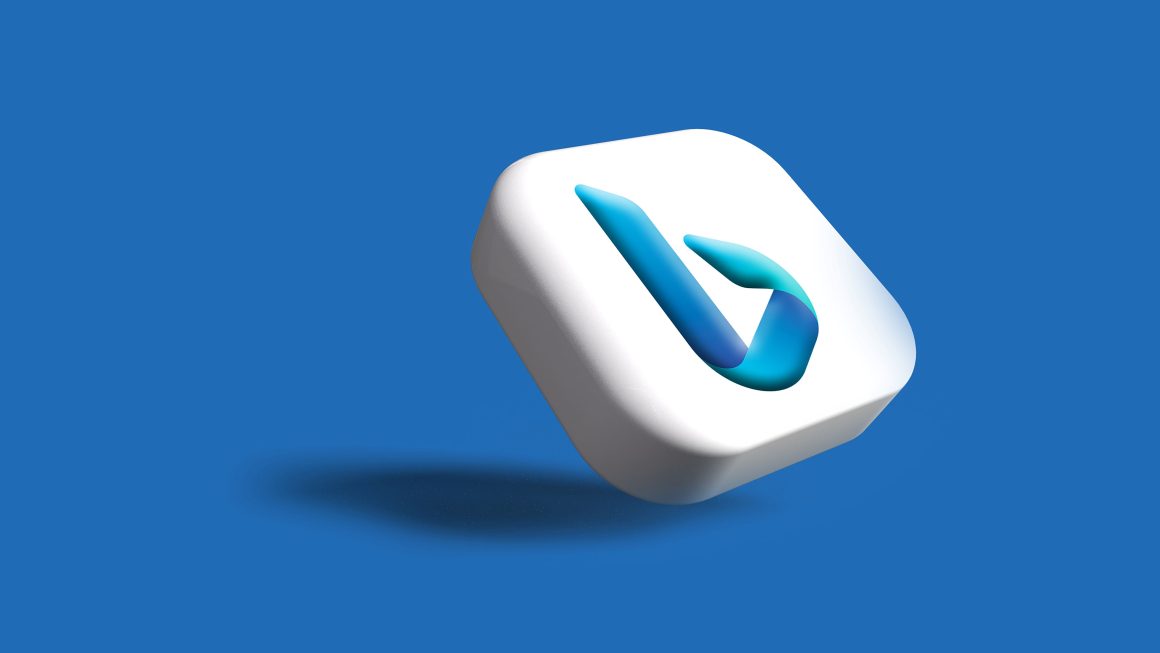In a digital age where visual communication reigns supreme, the ability to capture and share what’s on your screen is more vital than ever. Whether you’re a designer showcasing your latest creation, a teacher sharing resources, or simply someone wanting to preserve that perfect meme for posterity, knowing how to take a screenshot on your Mac can save you time and help convey your message effectively. Yet, many users find themselves fumbling through menus or resorting to third-party apps when the built-in tools of their operating system offer everything they need at their fingertips.
Get ready to unlock the power of quick captures with just a few keystrokes! In this article, we’ll explore four simple yet effective methods for taking screenshots on your Mac—each tailored for different scenarios and preferences. From capturing an entire webpage to snagging just a portion of your desktop clutter, mastering these techniques will elevate your productivity and enhance your workflow. Say goodbye to confusion and hello to clarity as we dive into the world of screenshotting like a pro!
Introduction: Taking Screenshots Made Easy
In today’s digital age, the ability to capture and share moments from our screens has never been more valuable. Whether you’re a student looking to annotate your lecture notes, a remote worker needing to share quick insights with colleagues, or simply someone who loves documenting interesting web content, knowing how to take a screenshot is an essential skill. But what if we told you that it’s not just about snapping an image? It’s about enhancing communication and productivity.
Screenshots can serve as visual aids that convey messages more effectively than text alone. Imagine being able to point out specific features in software applications or illustrating errors for tech support without lengthy explanations. With the right tools at your fingertips, screenshots can transform vague discussions into precise dialogues. Moreover, customizing your captures—whether choosing to snap full screens or select portions—can streamline the workflow and make sharing information effortless. So let’s explore how, on a Mac, you can master this simple yet powerful tool!

Method 1: Capture Entire Screen
Capturing your entire screen on a Mac is not just about snapping an image; it’s about seizing a moment that brings visuals to life. By using the straightforward keyboard shortcut Command (⌘) + Shift + 3, you’re instantly given a digital snapshot of everything visible on your display. This method is especially useful when you want to capture dynamic content—like an online presentation, an exciting gaming achievement, or even multi-window projects with all their intricate details.
What makes this approach truly versatile goes beyond mere functionality—it’s the ease with which you can share and annotate. Once captured, your screenshot appears as a PNG file directly on your desktop, ready for immediate use. You can drag and drop it into emails or messaging apps, making collaboration seamless; perhaps include some quick notes if you’re sharing designs or project ideas with colleagues. Moreover, macOS provides default editing tools that allow for quick adjustments right after capturing—whether cropping out unnecessary elements or adding annotations to highlight specific areas of interest.
Remember that in today’s visually-driven world, how you present information matters immensely. A clean and well-taken screenshot can enhance presentations and make discussions more engaging while ensuring crucial details aren’t overlooked. So next time you need to encapsulate an idea visually, don’t underestimate the power of capturing your entire screen—it could be the key piece that transforms communication from mundane text into vibrant storytelling!
Method 2: Screenshot a Selected Portion
Taking a screenshot of a selected portion on your Mac allows for precision and focus, enabling you to capture just the area that matters most. To initiate this process, simply press Command + Shift + 4. Your cursor will transform into a crosshair, allowing you to click and drag over the specific section of your screen you wish to capture. This method is particularly useful when sharing snippets from documents, websites, or applications without the distraction of unnecessary background clutter.
Beyond mere capturing, consider how this technique can enhance your workflow. For instance, if you’re preparing visuals for presentations or reports, selecting only relevant details can help keep your audience engaged and informed. You can also make use of the additional features that appear after taking the shot—a thumbnail in the corner lets you edit quickly or save immediately to your desktop. This feature not only streamlines productivity but also invites creativity; imagine refining an image with annotations or highlights before sharing it directly with colleagues—it’s a perfect blend of functionality and aesthetics!

Method 3: Capture a Specific Window
To capture a specific window on your Mac, start by using the shortcut Command + Shift + 4. This combination transforms your cursor into a crosshair, but instead of clicking and dragging, hit the spacebar. Your cursor will change shape to resemble a camera icon, ready to snap just the window you want. Simply hover over it and click—the screenshot will be saved as a file on your desktop or copied to your clipboard depending on your settings.
This method not only streamlines the process but also helps eliminate clutter from unwanted parts of your screen in a single click. If you’re trying to focus attention on an essential application or detail for a presentation or report, this feature becomes invaluable. Plus, with macOS’s built-in editing tools accessible right after taking the screenshot (the small thumbnail that appears briefly), you can annotate or crop immediately—saving time and ensuring clarity before sharing with colleagues or clients. Using this technique allows for professional-looking screenshots that make your communication visually appealing and targeted.
Method 4: Use the Screenshot App
Using the Screenshot app on your Mac opens up a world of possibilities for capturing your screen efficiently and effectively. Unlike traditional methods, the Screenshot app offers a clean interface with tools that allow you to customize your capture settings effortlessly. You can choose to snap an entire screen or a selected portion, while also having the option to capture just specific windows—ideal for when you want to focus attention on certain content without distractions.
Moreover, this tool isn’t just about taking screenshots; it comes equipped with editing features that allow users to annotate images before saving them. Imagine needing to highlight important details in a document or add notes for clarity—this is where the Screenshot app truly shines. Additionally, integrating options like setting timers and using different formats makes it incredibly adaptable based on your needs. With this feature at your disposal, sharing information visually becomes not only simpler but also more impactful.

Tips for Editing Screenshots on Mac
Editing screenshots on a Mac can elevate your presentations and communication, transforming simple images into impactful visuals. Start by using the built-in Preview app, which offers versatile editing tools such as cropping, annotating, and adding text. A hidden gem within Preview is the ability to create shapes with various colors and styles that can highlight significant areas of your screenshot, making your message clearer to viewers.
For more dynamic editing options, consider leveraging the Markup feature directly from the Screenshot toolbar (accessed via Command + Shift + 5). This tool allows you to add arrows or callouts seamlessly—perfect for guiding attention to specific details. Additionally, don’t overlook third-party apps like Skitch or Snagit; they provide an array of filters and effects that can turn a plain screenshot into a visually stunning graphic. Remember to export your final image in different formats depending on its intended use; JPEGs are great for sharing online while PNGs preserve quality for higher-resolution requirements. With these tips at your fingertips, you’ll not only capture moments but also enhance their impact creatively!
Conclusion: Mastering Screenshots on Your Mac
Mastering screenshots on your Mac goes beyond merely capturing images; it’s about enhancing your workflow and communication. For anyone engaged in remote collaboration or content creation, screenshots serve as a visual language, conveying complex ideas swiftly. By utilizing built-in annotation tools right after taking a screenshot—accessible through the floating thumbnail or Preview—you can highlight important details, add text notes, and crop images to emphasize just what you want the viewer to focus on.
Moreover, embracing keyboard shortcuts is key to optimizing efficiency. Familiarizing yourself with options like Command + Shift + 5 not only provides access to a range of capture modes but also opens up Screen Recording capabilities for those moments when static images aren’t enough. This feature allows you to capture dynamic demonstrations or tutorials seamlessly. As you master these techniques, consider developing a systematic approach for organizing your screenshots—perhaps by creating folders for specific projects or categories—to easily reference them later and save time in future endeavors.




